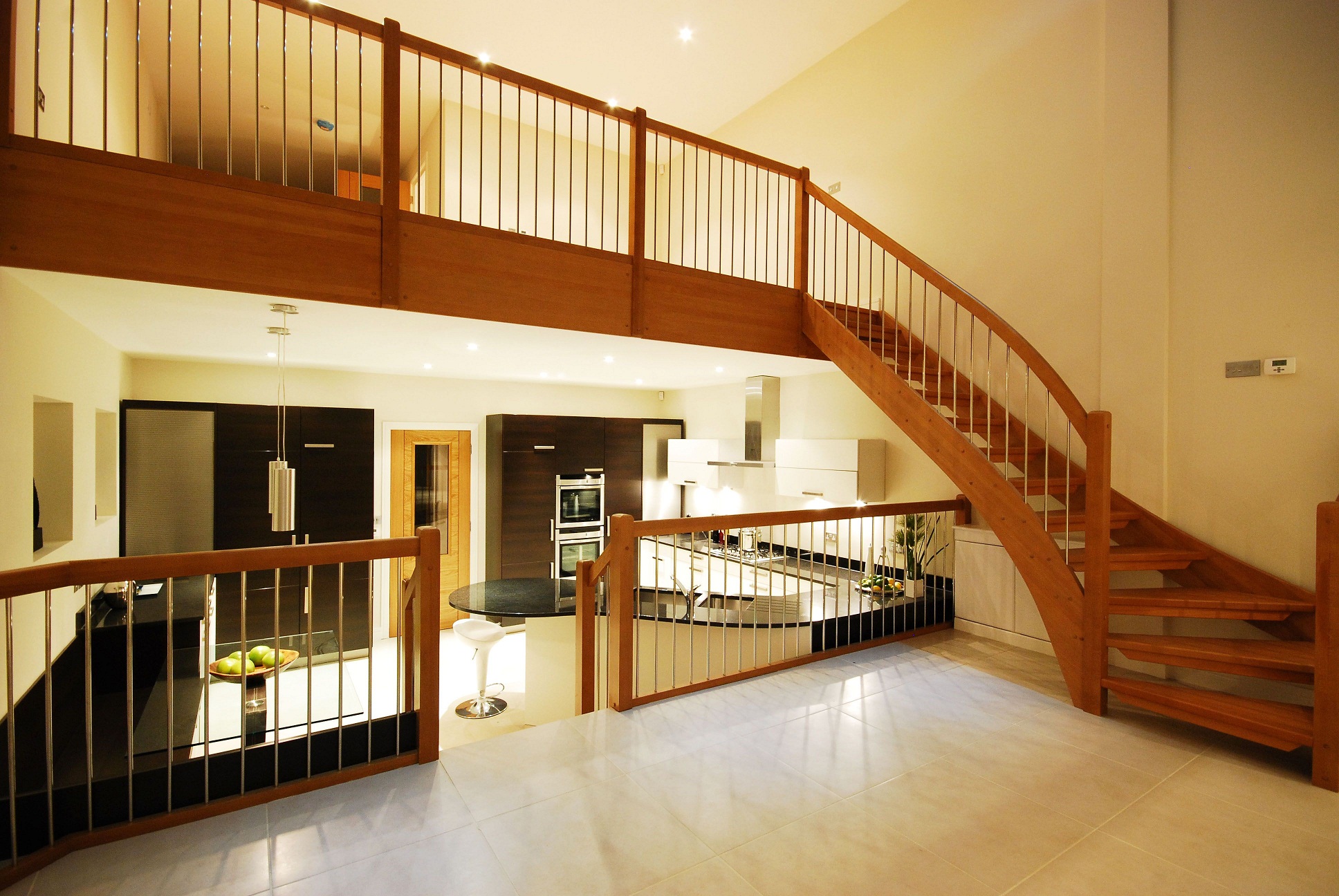Wooden staircases look superb when they’re introduced effectively. Be that as it may you need some arranging behind you, to stay away from conceivable incidents en route.
The Bullnose Profile
On the off chance that you utilize Padstow Timber Staircases, one favorable position is that you can influence the edging to look alluring by applying a bullnose profile. This is an adjusted edge on each progression or tread that can be machined into strong wood. Notwithstanding your technique, the final product will be smooth, contemporary and a la mode.
On the off chance that you utilize designed wood, at that point you will make the bullnose independently. Initially, apportion the means with a measuring tape. At that point cut a bullnose for each progression utilizing a jigsaw. Apply paste to the back of the bullnose and push it into put on each progression. Mallet completing nails into the side of the bullnose. After this, the main part remaining, is to put wood putty into each nail gap to camouflage the openings. From a basic however exquisite straight flight to delightful hardwood spirals or the most complex clearing helical outline another wooden staircase will give a staggering point of convergence to your home or work environment. In any case, some of the time the phrasing included can be a touch of befuddling, so here’s my well ordered manual for your new staircase.
General: Staircase step: The staircase step is made out of the tread and riser.
Stair Tread: The tread is the piece of the staircase that is ventured on. It is developed to similar determinations (thickness) as some other deck. The tread “profundity” is measured from the external edge of the progression to the vertical “riser” between steps. The “width” is measured from one side to the next.
Stair Riser: The riser is the vertical bit between each tread on the stairs. This might miss for an “open” stairs impact, subject to building directions
Stair Nosing: An edge some portion of the tread that distends over the riser underneath. In the event that it is available, this implies on a level plane, the aggregate “run” length of the stairs isn’t just the whole of the tread lengths, the treads really cover each other marginally.
Beginning advance or Bullnose: Where stairs are open on one or the two sides, the initial step over the lower floor might be more extensive than alternate advances and adjusted. The balusters normally frame a half circle around the periphery of the adjusted segment and the handrail has a level winding called a “volute” that backings the highest point of the balusters. Other than the corrective interest, beginning advances enable the balusters to shape a more extensive, more steady base for the finish of the handrail. Handrails that just end at a post at the foot of the stairs can be less solid, even with a thick post. A twofold Bullnose can be utilized when the two sides of the stairs are open.

